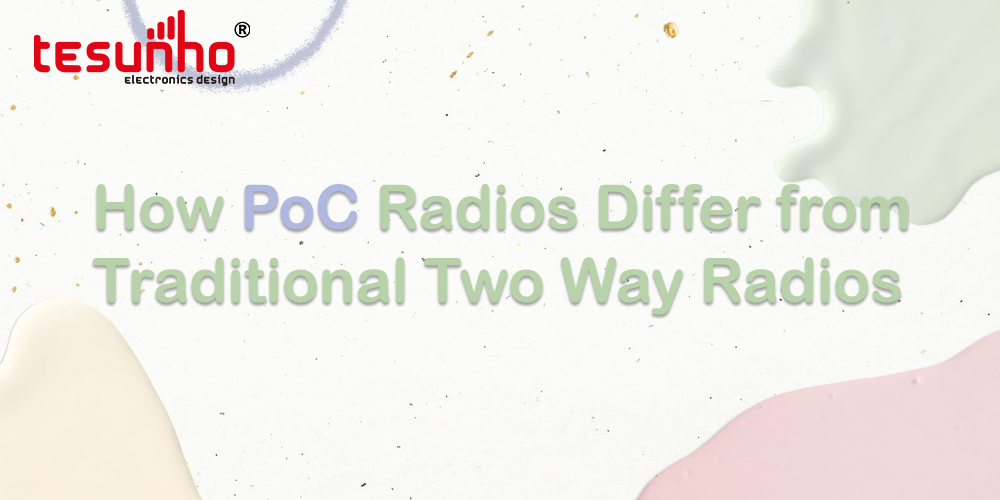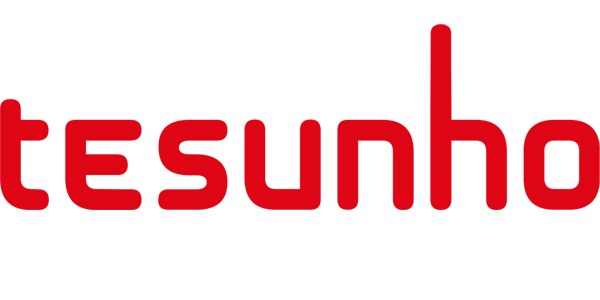
How PoC Radios Differ from Traditional Two-Way Radios
In recent years, the world of communication technology has evolved rapidly, and one of the most notable innovations is PoC radio, also known as Push-to-Talk over Cellular. Unlike traditional two-way radios that rely on radio frequencies and limited range, PoC radios use cellular networks (3G/4G/5G) and Wi-Fi to provide unlimited distance communication. But what exactly is PoC radio, and how does it compare to conventional walkie-talkies?
What is PoC Radio?
PoC stands for Push-to-Talk over Cellular. These devices look similar to traditional walkie talkies, but they function more like smartphones, connecting to the internet via mobile data or Wi-Fi. Users can communicate instantly with a single press of a button, but without the range limitations of traditional radios.
Tesunho’s PoC radios run on Linux operating system and come with RealPTT platform that manage group communication, GPS tracking, messaging. This makes PoC radios a powerful tool for modern team communication across cities, regions, or even countries.
Advantages of PoC Radios
l Nationwide or Global Coverage
Teams can stay connected across multiple cities or countries with no range limit.
l Advanced Features
Real-time GPS tracking, emergency alerts (SOS), multimedia messaging, voice recording, and more.
l Cost Efficiency
No need to invest in repeaters or private radio infrastructure.
l Centralized Management
Admins can manage user permissions, groups, and logs through the cloud platform.
When to Choose PoC Over Traditional Radios?
PoC radios are ideal for:
l Security companies covering multiple sites
l Logistics and delivery operations across regions
l Large-scale event coordination
l Construction projects with remote or mobile teams
l Transportation companies (taxis, buses, etc.)
However, in areas with no cellular coverage (like remote mountains or underground tunnels), traditional radios may still be preferred.
Conclusion
PoC radios are transforming the way teams communicate, offering the flexibility of a smartphone with the convenience of push-to-talk. While they don’t entirely replace traditional radios in every scenario, they are the smarter choice for most modern organizations seeking reliable, long distance communication without infrastructure hassle.
If your business needs efficient communication over large areas, it might be time to consider switching to PoC.
